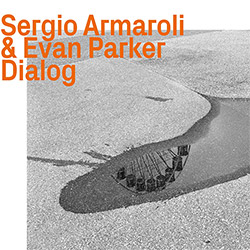
Recording remotely in a call-and-response, vibraphonist Sergio Armaroli and saxophonist Evan Parker resolved an issue of recording in the same physical space by interleaving recordings of solo improvisations recorded in response to each other's sequential recordings, Armaroli with the 6-part "Two Rooms One Vibraphone" and Parker with the 5-part "Interludes".
In Stock
Quantity in Basket: None
Log In to use our Wish List
Shipping Weight: 3.00 units
EU & UK Customers:
Discogs.com can handle your VAT payments
So please order through Discogs
Sample The Album:
Sergio Armaroli-vibraphone
Evan Parker-soprano saxophone
Click an artist name above to see in-stock items for that artist.
UPC: 752156104926
Label: ezz-thetics by Hat Hut Records Ltd
Catalog ID: ezz-thetics 1049
Squidco Product Code: 34235
Format: CD
Condition: New
Released: 2023
Country: Switzerland
Packaging: Cardboard Gatefold
Odd number tracks recorded at BlackStar-Recording Studio, in Milano, Italy, on October 15th, 2022, by Raffaele Stefani
Even number tracks recorded at Arcobarco Studio, in Ramsgate, UK, on November 2nd, 2022 by Filipe Gomes.
"Sergio Armaroli and Evan Parker's collaboration on Dialog: Two Rooms One Vibraphone 1 to 6 & Five Interludes was made possible by state-of-the-art 2022 digital technology, on which it was wholly reliant. But the structure of the music itself - call and response a.k.a. antiphony - predates the digital era by an unknown number of millennia. Located in different studios hundreds of miles apart, on different days, the two players used file-sharing to engage in what is, if not the oldest form of music making, then almost certainly the second oldest. One day in October 2022, Armaroli recorded five short and one longer solos in Milan, Italy and a little over two weeks later, Parker recorded his responses in Ramsgate, a town on England's south coast. ("I only responded to the shorter solos," says Parker. "The long one was so rich and full that I thought the best response was silence.")
Surviving medieval manuscripts show call and response to be a defining feature of contemporary European liturgical music, albeit precomposed rather than, as here, entirely improvised. And in those cultures which possess oral rather than written musical archives, we can reasonably assume an even older provenance. In Africa, the cradle of humanity, call and response extends into prehistory and remains central to music making across the continent today. In the African diaspora, it figures large in gospel, blues, various forms of jazz, son, salsa, rumba and so forth.
Karlheinz Stockhausen affirmed antiphony's place in modern European symphonic music when he made it a feature of Gruppen, which he composed for three coactive orchestras. Stockhausen completed the monumental work in 1957. The same year roots-modernist Charles Mingus wrote his miniature masterpiece "Original Faubus Fables," in which, with call and response centre-stage, he eviscerated Arkansas governor Orval Faubus for his refusal to comply with the US Supreme Court's ruling to desegregate the state's schools. In perhaps its most powerful recorded version, on the album Charles Mingus Presents Charles Mingus, the instrumental call and response between Mingus' bass and Eric Dolphy and Ted Curson's (vocalized) horns is augmented by vocal exchanges between Mingus and drummer Dannie Richmond.
So call and response has thoroughbred global bloodlines. But it was not Armaroli and Parker's first choice of format. Their original plan was to go into a recording studio together during a tour of Italy that Parker was scheduled to make in 2022, and lay down a set of freely improvised music in real time. As the start date of the tour approached, however, the plan fell apart because Parker became unable to leave Britain. With regret, Parker cancelled the tour and the recording session with it. But, happily for us, Armaroli was keen to consider alternative scenarios.
The two players considered several options. At the time of writing, software is close to being signed off which will overcome the problem of temporal latency and allow musicians in distant locations to record together in real time without even micro-temporal lapses occurring between them. But the computer coding was still being finessed in October 2022. Nor was Parker prepared to overdub his improvisation over Armaroli's solos. "The idea of clamping a pair of headphones on and pretending to be in the same room does not appeal to me," says Parker.
"Structurally, whatever I did would be on top of what was already there rather than in an interactive relationship with it."
The format Armaroli and Parker ultimately arrived at was (vibraphone) call and (saxophone) response using file sharing. "I have never before used file sharing in such an organic way," says Armaroli. "It has not been necessary. But the idea always precedes the possibility of concretely realizing a project. I mean, despite all negative circumstances it is possible to find a contact, a relationship, mediated first by the microphone and then by the distance which in listening is cancelled by presence. The result is a kind of a trans-improvisation that only the listener can create."
"We were on two different planes of reality," says Parker. "Different times, different places, brought together only as a final artefact. One person leads and another person follows, but it is still a conversation. It is like a Platonic exchange, in which Plato expounded a proposition and his pupils replied before he went on to the next proposition."
Dialog: Two Rooms One Vibraphone 1 to 6 & Five Interludes differs, however, from the classical Greek idea of dialectics, that of thesis-anti-thesis-synthesis, in one respect. There is thesis, from Armaroli, and antithesis, from Parker, but it is a third party, the listener, who provides the synthesis. And there will be as many syntheses, and as much diversity among them, as there are those of us tuning in."-Chris May, from the liner notes

The Squid's Ear!
Artist Biographies
• Show Bio for Sergio Armaroli "Sergio Armaroli is a composer, percussionist, vibraphonist, teacher and total artist. His actions resonate through various artistic and musical fields, that of jazz being, perhaps, his most practised. He declares himself to be a painter, concrete percussionist, fragmentary poet and sound artist as well as founding his work "within the language of jazz and improvisation" as an "extension of the concept of art"." ^ Hide Bio for Sergio Armaroli • Show Bio for Evan Parker "Evan Parker was born in Bristol in 1944 and began to play the saxophone at the age of 14. Initially he played alto and was an admirer of Paul Desmond; by 1960 he had switched to tenor and soprano, following the example of John Coltrane, a major influence who, he would later say, determined "my choice of everything". In 1962 he went to Birmingham University to study botany but a trip to New York, where he heard the Cecil Taylor trio (with Jimmy Lyons and Sunny Murray), prompted a change of mind. What he heard was "music of a strength and intensity to mark me for life ... l came back with my academic ambitions in tatters and a desperate dream of a life playing that kind of music - 'free jazz' they called it then." Parker stayed in Birmingham for a time, often playing with pianist Howard Riley. In 1966 he moved to London, became a frequent visitor to the Little Theatre Club, centre of the city's emerging free jazz scene, and was soon invited by drummer John Stevens to join the innovative Spontaneous Music Ensemble which was experimenting with new kinds of group improvisation. Parker's first issued recording was SME's 1968 Karyobin, with a line-up of Parker, Stevens, Derek Bailey, Dave Holland and Kenny Wheeler. Parker remained in SME through various fluctuating line-ups - at one point it comprised a duo of Stevens and himself - but the late 1960s also saw him involved in a number of other fruitful associations. He began a long-standing partnership with guitarist Bailey, with whom he formed the Music Improvisation Company and, in 1970, co-founded Incus Records. (Tony Oxley, in whose sextet Parker was then playing, was a third co-founder; Parker left Incus in the mid-1980s.) Another important connection was with the bassist Peter Kowald who introduced Parker to the German free jazz scene. This led to him playing on Peter Brötzmann's 1968 Machine Gun, Manfred Schoof's 1969 European Echoes and, in 1970, joining pianist Alex von Schlippenbach and percussionist Paul Lovens in the former's trio, of which he is still a member: their recordings include Pakistani Pomade, Three Nails Left, Detto Fra Di Noi, Elf Bagatellen and Physics. Parker pursued other European links, too, playing in the Pierre Favre Quartet (with Kowald and Swiss pianist Irene Schweizer) and in the Dutch Instant Composers Pool of Misha Mengelberg and Han Bennink. The different approaches to free jazz he encountered proved both a challenging and a rewarding experience. He later recalled that the German musicians favoured a "robust, energy-based thing, not to do with delicacy or detailed listening but to do with a kind of spirit-raising, a shamanistic intensity. And l had to find a way of surviving in the heat of that atmosphere ... But after a while those contexts became more interchangeable and more people were involved in the interactions, so all kinds of hybrid musics came out, all kinds of combinations of styles." A vital catalyst for these interactions were the large ensembles in which Parker participated in the 1970s: Schlippenbach's Globe Unity Orchestra, Chris McGregor's Brotherhood of Breath, Barry Guy's London Jazz Composers Orchestra (LJCO) and occasional big bands led by Kenny Wheeler. In the late 70s Parker also worked for a time in Wheeler's small group, recording Around Six and, in 1980, he formed his own trio with Guy and LJCO percussionist Paul Lytton (with whom he had already been working in a duo for nearly a decade). This group, together with the Schlippenbach trio, remains one of Parker's top musical priorities: their recordings include Tracks, Atlanta, Imaginary Values, Breaths and Heartbeats, The Redwood Sessions and At the Vortex. In 1980, Parker directed an Improvisers Symposium in Pisa and, in 1981, he organised a special project at London's Actual Festival. By the end of the 1980s he had played in most European countries and had made various tours to the USA, Canada, Australia, New Zealand and Japan. ln 1990, following the death of Chris McGregor, he was instrumental in organising various tributes to the pianist and his fellow Blue Notes; these included two discs by the Dedication Orchestra, Spirits Rejoice and lxesa. Though he has worked extensively in both large and small ensembles, Parker is perhaps best known for his solo soprano saxophone music, a singular body of work that in recent years has centred around his continuing exploration of techniques such as circular breathing, split tonguing, overblowing, multiphonics and cross-pattern fingering. These are technical devices, yet Parker's use of them is, he says, less analytical than intuitive; he has likened performing his solo work to entering a kind of trance-state. The resulting music is certainly hypnotic, an uninterrupted flow of snaky, densely-textured sound that Parker has described as "the illusion of polyphony". Many listeners have indeed found it hard to credit that one man can create such intricate, complex music in real time. Parker's first solo recordings, made in 1974, were reissued on the Saxophone Solos CD in 1995; more recent examples are Conic Sections and Process and Reality, on the latter of which he does, for the first time, experiment with multi-tracking. Heard alone on stage, few would disagree with writer Steve Lake that "There is, still, nothing else in music - jazz or otherwise - that remotely resembles an Evan Parker solo concert." While free improvisation has been Parker's main area of activity over the last three decades, he has also found time for other musical pursuits: he has played in 'popular' contexts with Annette Peacock, Scott Walker and the Charlie Watts big band; he has performed notated pieces by Gavin Bryars, Michael Nyman and Frederic Rzewski; he has written knowledgeably about various ethnic musics in Resonance magazine. A relatively new field of interest for Parker is improvising with live electronics, a dialogue he first documented on the 1990 Hall of Mirrors CD with Walter Prati. Later experiments with electronics in the context of larger ensembles have included the Synergetics - Phonomanie III project at Ullrichsberg in 1993 and concerts by the new EP2 (Evan Parker Electronic Project) in Berlin, Nancy and at the 1995 Stockholm Electronic Music Festival where Parker's regular trio improvised with real-time electronics processed by Prati, Marco Vecchi and Phillip Wachsmann. "Each of the acoustic instrumentalists has an electronic 'shadow' who tracks him and feeds a modified version of his output back to the real-time flow of the music." The late 80s and 90s brought Parker the chance to play with some of his early heroes. He worked with Cecil Taylor in small and large groups, played with Coltrane percussionist Rashied Ali, recorded with Paul Bley: he also played a solo set as support to Ornette Coleman when Skies of America received its UK premiere in 1988. The same period found Parker renewing his acquaintance with American colleagues such as Anthony Braxton, Steve Lacy and George Lewis, with all of whom he had played in the 1970s (often in the context of London's Company festivals). His 1993 duo concert with Braxton moved John Fordham in The Guardian to raptures over "saxophone improvisation of an intensity, virtuosity, drama and balance to tax the memory for comparison". Parker's 50th birthday in 1994 brought celebratory concerts in several cities, including London, New York and Chicago. The London performance, featuring the Parker and Schlippenbach trios, was issued on a highly-acclaimed two-CD set, while participants at the American concerts included various old friends as well as more recent collaborators in Borah Bergman and Joe Lovano. The NYC radio station WKCR marked the occasion by playing five days of Parker recordings. 1994 also saw the publication of the Evan Parker Discography, compiled by ltalian writer Francesco Martinelli, plus chapters on Parker in books on contemporary musics by John Corbett and Graham Lock. Parker's future plans involve exploring further possibilities in electronics and the development of his solo music. They also depend to a large degree on continuity of the trios, of the large ensembles, of his more occasional yet still long-standing associations with that pool of musicians to whose work he remains attracted. This attraction, he explained to Coda's Laurence Svirchev, is attributable to "the personal quality of an individual voice". The players to whom he is drawn "have a language which is coherent, that is, you know who the participants are. At the same time, their language is flexible enough that they can make sense of playing with each other ... l like people who can do that, who have an intensity of purpose." " ^ Hide Bio for Evan Parker
7/1/2025
Have a better biography or biography source? Please Contact Us so that we can update this biography.
7/1/2025
Have a better biography or biography source? Please Contact Us so that we can update this biography.
Track Listing:
1. Two Rooms One Vibraphone #1 06:33
2. Interlude 1 01:50
3. Two Rooms One Vibraphone #2 04:43
4. Interlude 2 02:20
5. Two Rooms One Vibraphone #3 03:20
6. Interlude 3 02:55
7. Two Rooms One Vibraphone #4 05:43
8. Interlude 4 02:45
9. Two Rooms One Vibraphone #5 08:44
10. Interlude 5 02:15
11. Two Rooms One Vibraphone #6 26:29
Hat Art
Improvised Music
Jazz
Free Improvisation
London & UK Improv & Related Scenes
European Improvisation, Composition and Experimental Forms
Parker, Evan
Recordings by or featuring Reed & Wind Players
Percussion & Drums
Duo Recordings
Solo Artist Recordings
Staff Picks & Recommended Items
Search for other titles on the label:
ezz-thetics by Hat Hut Records Ltd.

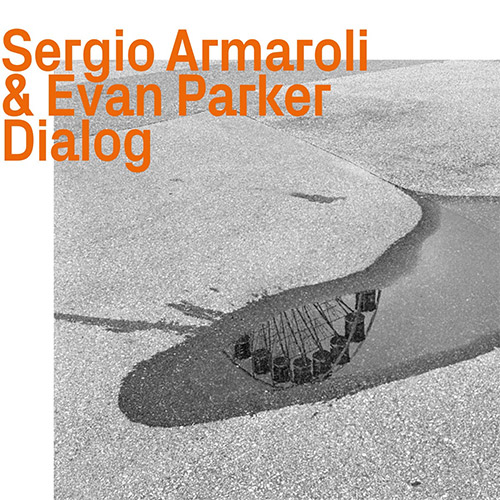
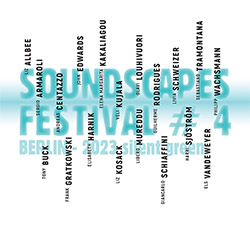


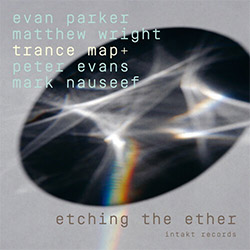



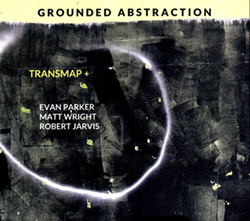
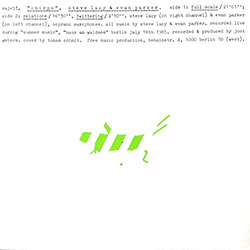

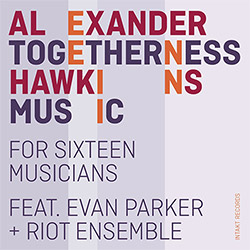

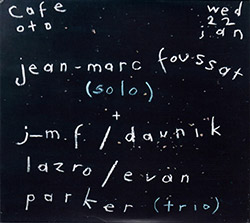


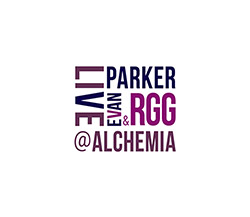
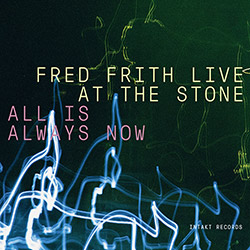

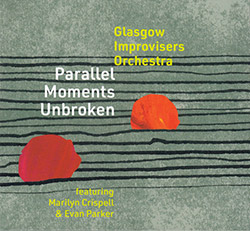

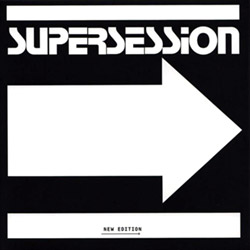
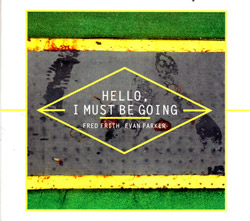
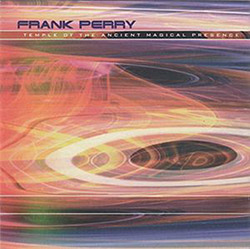
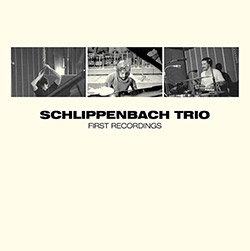




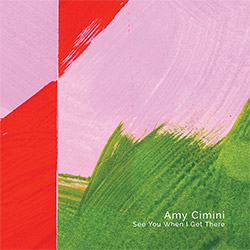





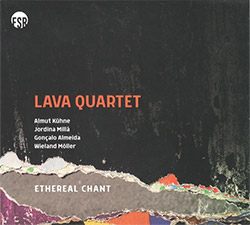
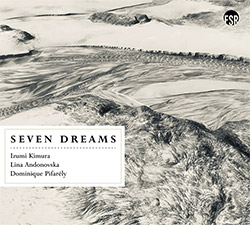
![Deupree, Jerome / Sylvie Courvoisier / Lester St. Louis / Joe Morris: Canyon [2 CDs]](https://www.teuthida.com/productImages/misc4/36404.jpg)


![Eternities: Rides Again [CASSETTE]](https://www.teuthida.com/productImages/misc4/36247.jpg)

![Lopez, Francisco: Untitled (2021-2022) [2 CDs]](https://www.teuthida.com/productImages/misc4/36438.jpg)


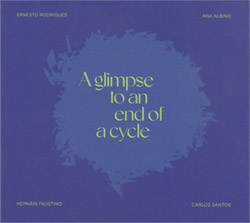

![Eventless Plot | Haarvol: The Subliminal Paths [CASSETTE + DOWNLOAD]](https://www.teuthida.com/productImages/misc4/36232.jpg)
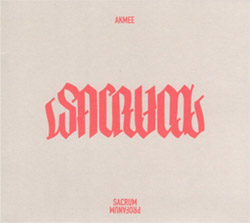




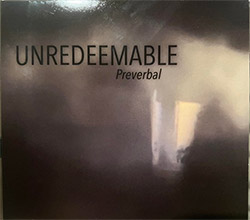
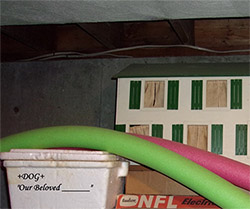


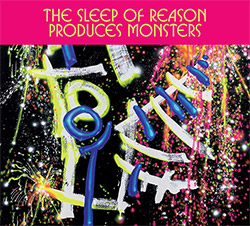


![Eventless Plot | Francesco Covarino: Methexis [CASSETTE + DOWNLOAD]](https://www.teuthida.com/productImages/misc4/36231.jpg)

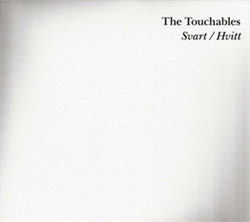

![Das B (Mazen Kerbaj / Mike Majkowski / Magda Mayas / Tony Buck): Love [VINYL]](https://www.teuthida.com/productImages/misc4/36329.jpg)
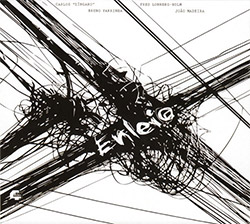

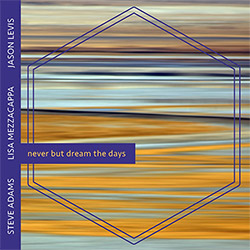
![Hemphill Stringtet, The: Plays the Music of Julius Hemphill [VINYL]](https://www.teuthida.com/productImages/misc4/36409.jpg)


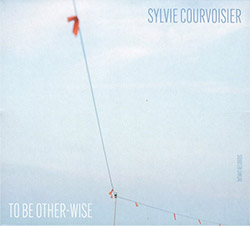
![Halvorson, Mary Septet: Illusionary Sea [2 LPS]](https://www.teuthida.com/productImages/misc4/17952.jpg)
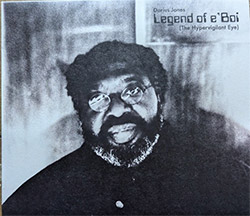

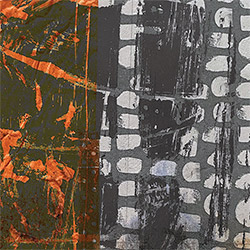
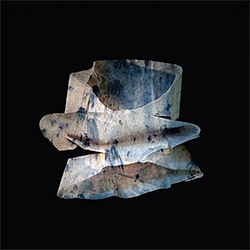
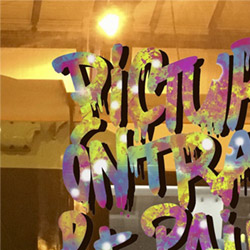

![Money : Money 2 [2 CDs]](https://www.teuthida.com/productImages/misc4/35894.jpg)
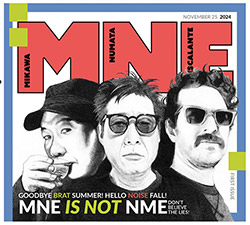
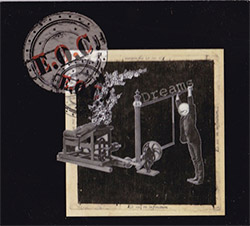


![Klinga, Erik: Elusive Shimmer [VINYL]](https://www.teuthida.com/productImages/misc4/36258.jpg)
![CHANGES TO blind (Phil Zampino): Volume 9 - I Wave on a Fine Vile Mist [CD + DOWNLOAD]](https://www.teuthida.com/productImages/misc4/36061.jpg)

![Wallmart / Rubbish: Asset Protection [split CD]](https://www.teuthida.com/productImages/misc4/35900.jpg)


![+Dog+: The Family Music Book Vol. 5 [2 CDs]](https://www.teuthida.com/productImages/misc4/35897.jpg)
![Kuvveti, Deli : Kuslar Soyledi [CASSETTE w/ DOWNLOAD]](https://www.teuthida.com/productImages/misc4/36107.jpg)
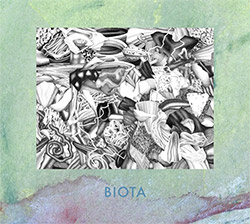
![Nakayama, Tetsuya: Edo Wan [CASSETTE w/ DOWNLOAD]](https://www.teuthida.com/productImages/misc4/36105.jpg)
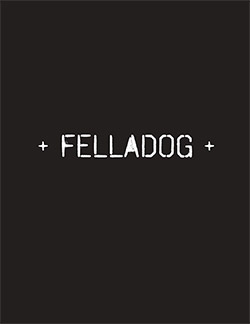

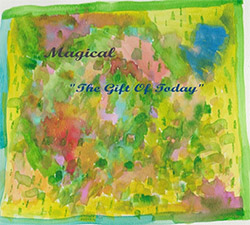

![Yiyuan, Liang / Li Daiguo: Sonic Talismans [VINYL]](https://www.teuthida.com/productImages/misc4/35957.jpg)
![Brown, Dan / Dan Reynolds: Live At The Grange Hall [unauthorized][CASSETTE]](https://www.teuthida.com/productImages/misc4/36245.jpg)



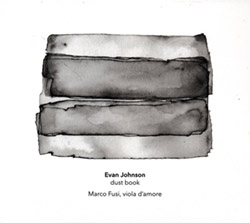


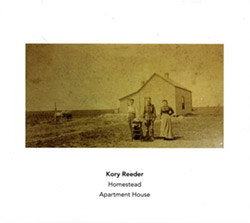
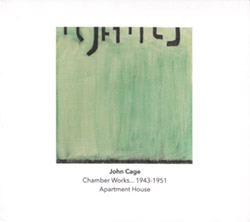
![Palestine, Charlemagne / Seppe Gebruers: Beyondddddd The Notessssss [VINYL]](https://www.teuthida.com/productImages/misc4/36206.jpg)
![Palestine, Charlemagne / Seppe Gebruers: Beyondddddd The Notessssss [NEON GREEN VINYL]](https://www.teuthida.com/productImages/misc4/36207.jpg)

![Laubrock, Ingrid: Purposing The Air [2 CDs]](https://www.teuthida.com/productImages/misc4/35639.jpg)
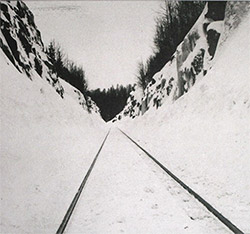
![Yoko, Ono / The Great Learning Orchestra: Selected Recordings From Grapefruit [2 CDs]](https://www.teuthida.com/productImages/misc4/35841.jpg)









![Zorn, John / JACK Quartet: The Complete String Quartets [2 CDs]](https://www.teuthida.com/productImages/misc4/35609.jpg)

![Lonsdale, Eden: Dawnings [2 CDs]](https://www.teuthida.com/productImages/misc4/35480.jpg)



![Sorry For Laughing (G. Whitlow / M. Bates / Dave-Id / E. Ka-Spel): Rain Flowers [2 CDS]](https://www.teuthida.com/productImages/misc4/35985.jpg)

![Rolando, Tommaso / Andy Moor : Biscotti [CASSETTE w/ DOWNLOADS]](https://www.teuthida.com/productImages/misc4/36106.jpg)


![Electric Bird Noise / Derek Roddy: 8-10-22 [CD EP]](https://www.teuthida.com/productImages/misc4/35970.jpg)








![Elephant9 : Mythical River [VINYL]](https://www.teuthida.com/productImages/misc4/34624.jpg)



![Elephant9 with Terje Rypdal: Catching Fire [VINYL 2 LPs]](https://www.teuthida.com/productImages/misc4/35355.jpg)
![Deerlady (Obomsawin, Mali / Magdalena Abrego): Greatest Hits [VINYL]](https://www.teuthida.com/productImages/misc4/34876.jpg)







![Surplus 1980: Illusion of Consistency [CD]](https://www.teuthida.com/productImages/misc4/35069.jpg)
![Staiano, Moe: Away Towards the Light [VINYL + DOWNLOAD]](https://www.teuthida.com/productImages/misc4/35037.jpg)
![Coley, Byron: Dating Tips for Touring Bands [VINYL]](https://www.teuthida.com/productImages/misc4/17906.jpg)

![Lost Kisses: My Life is Sad & Funny [DVD]](https://www.teuthida.com/productImages/misc4/lostKissesDVD.jpg)